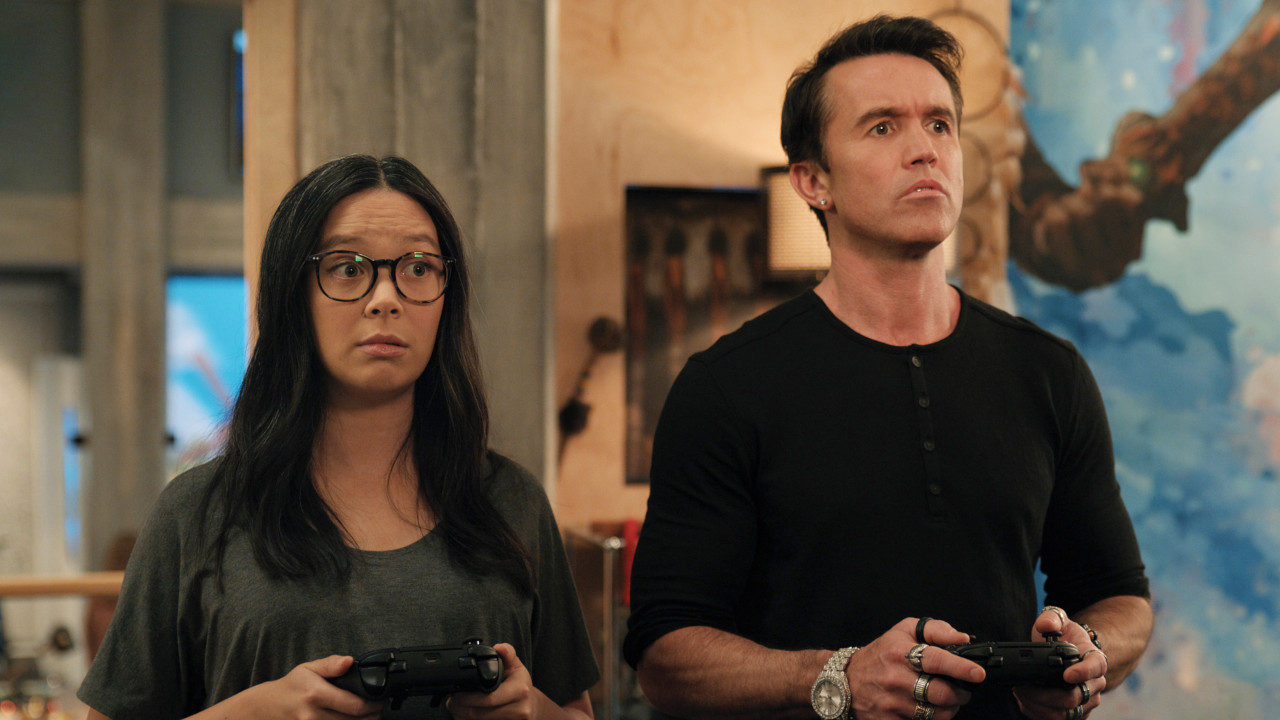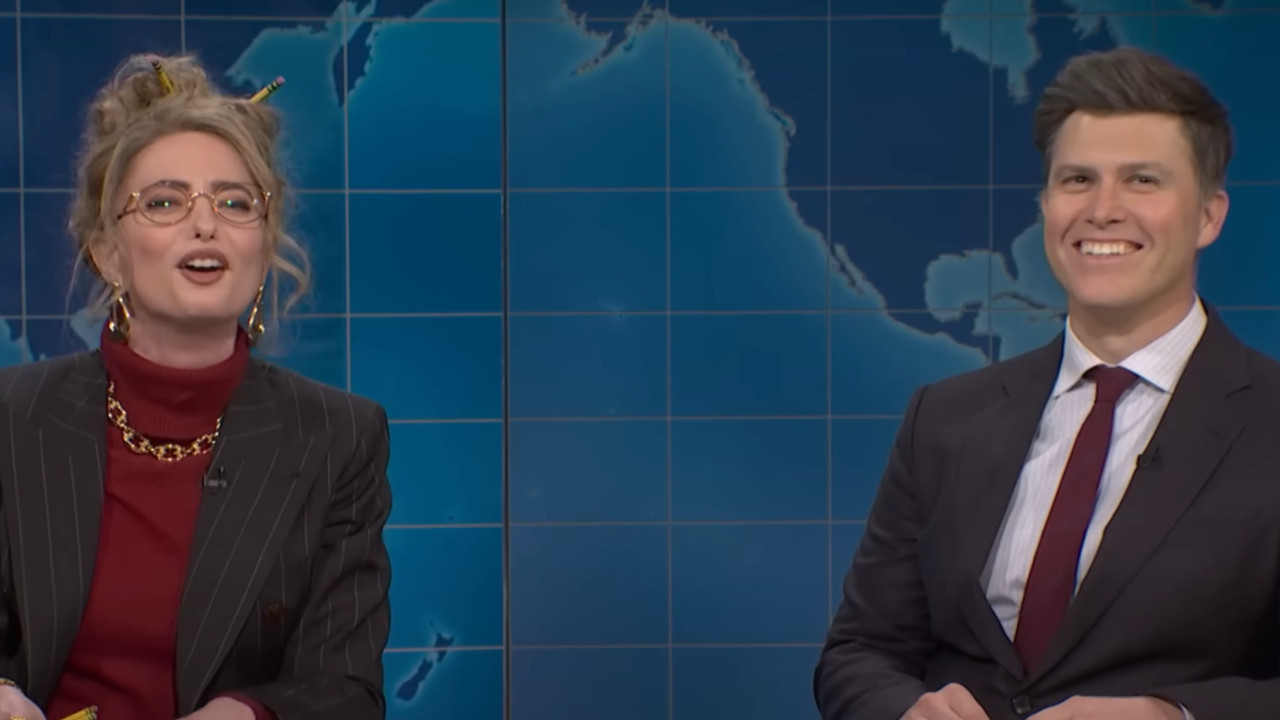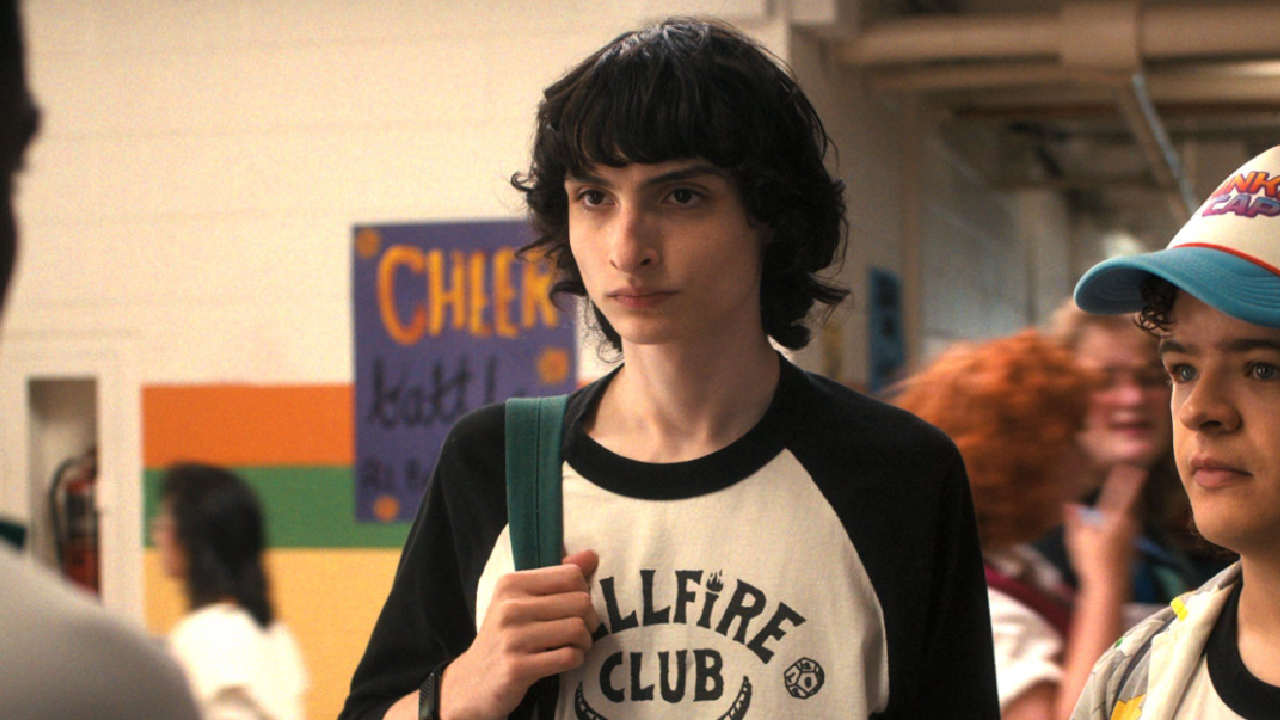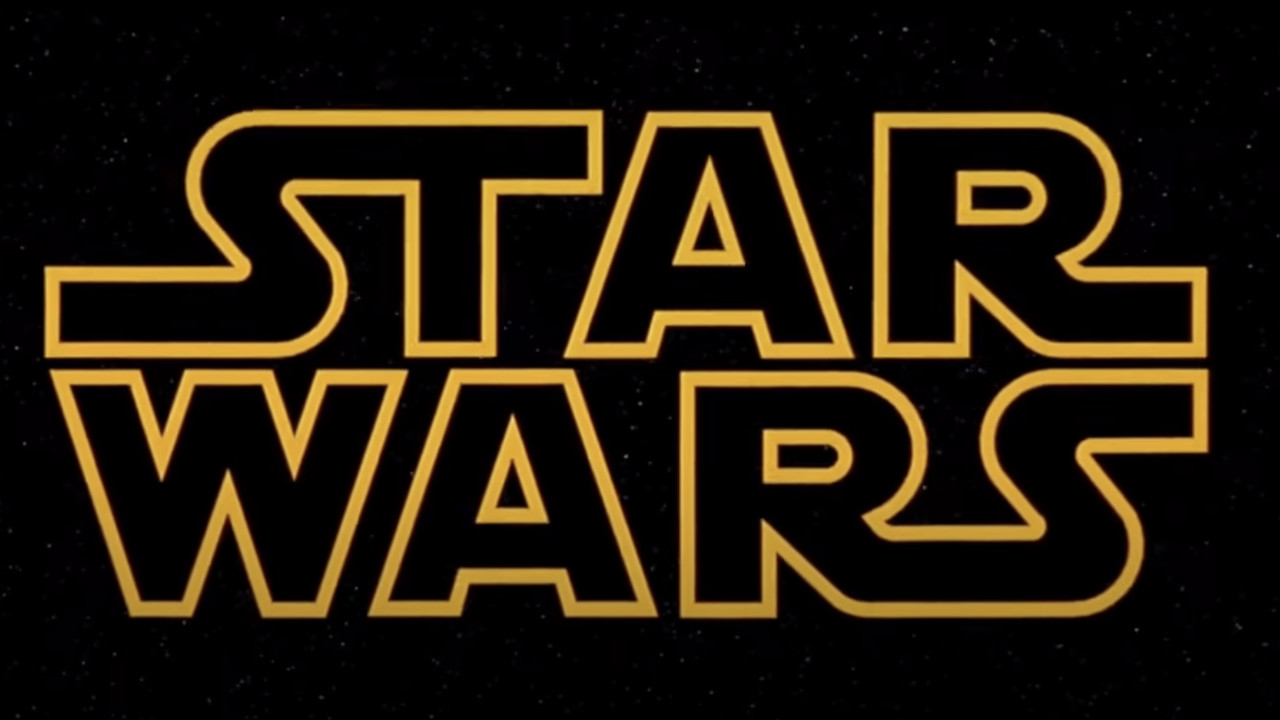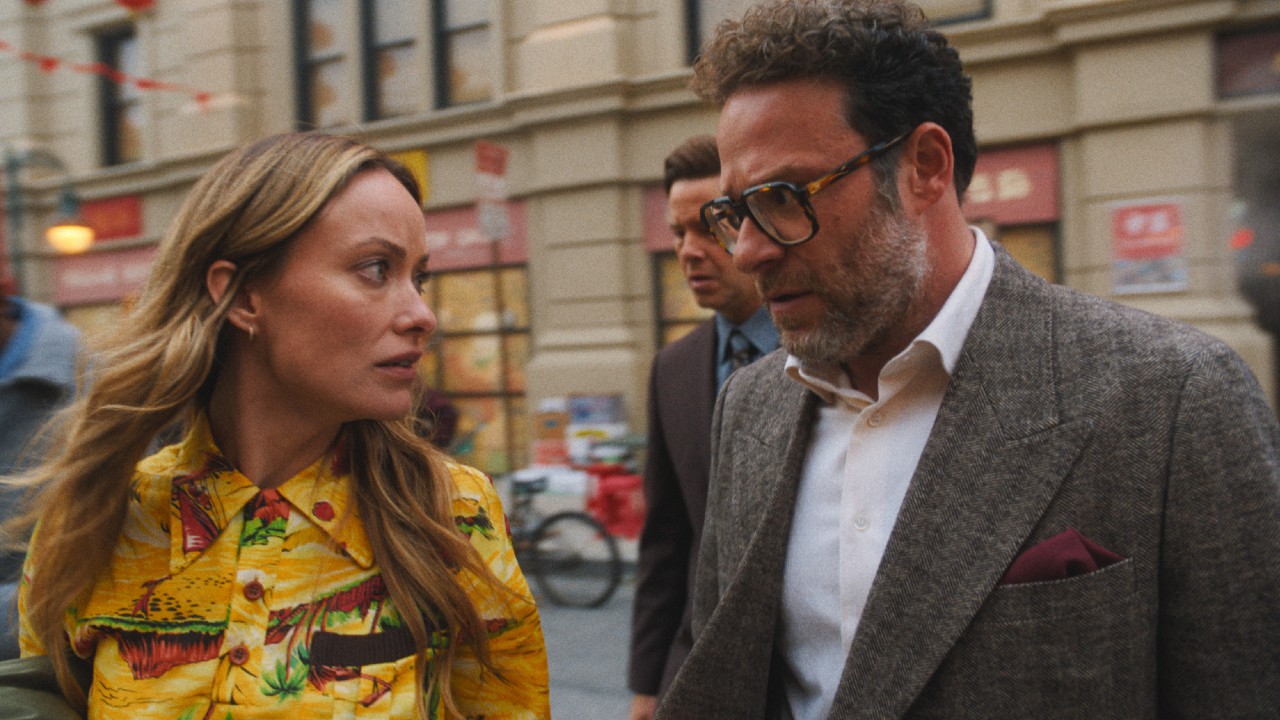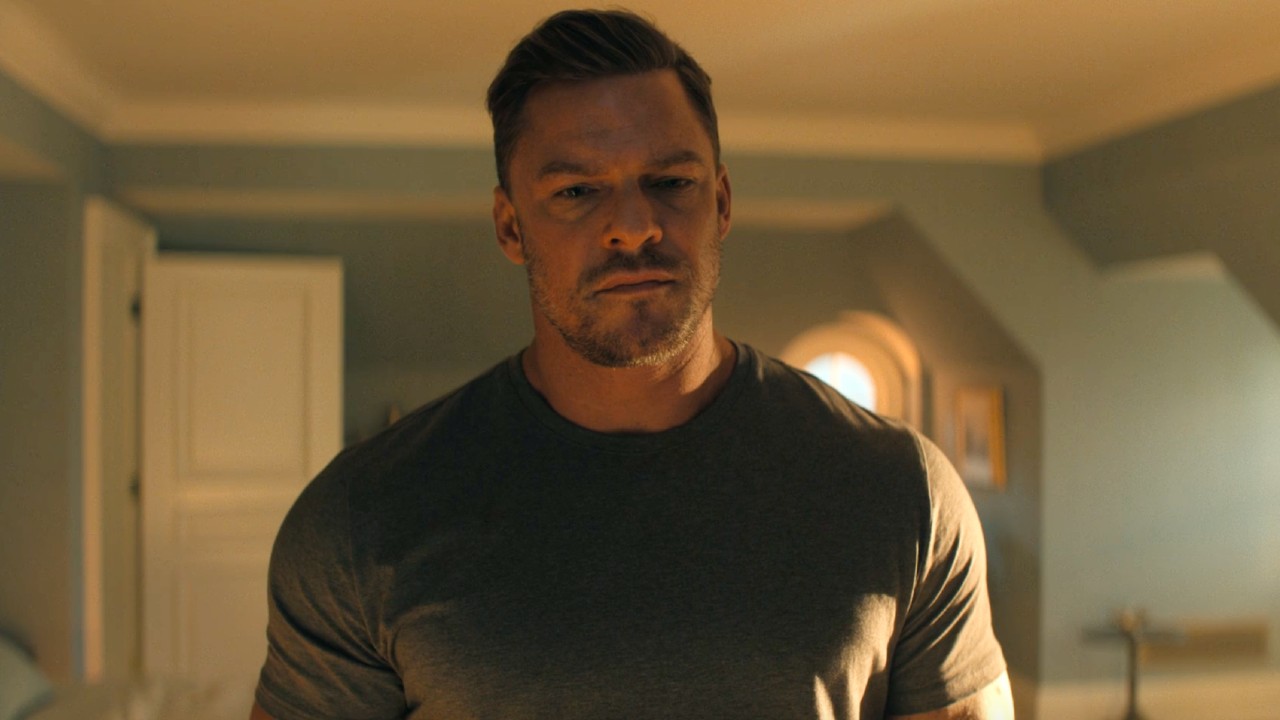Star Wars: The Rise Of Skywalker Put Carrie Fisher’s Face On A Digital Body To Bring Back Leia
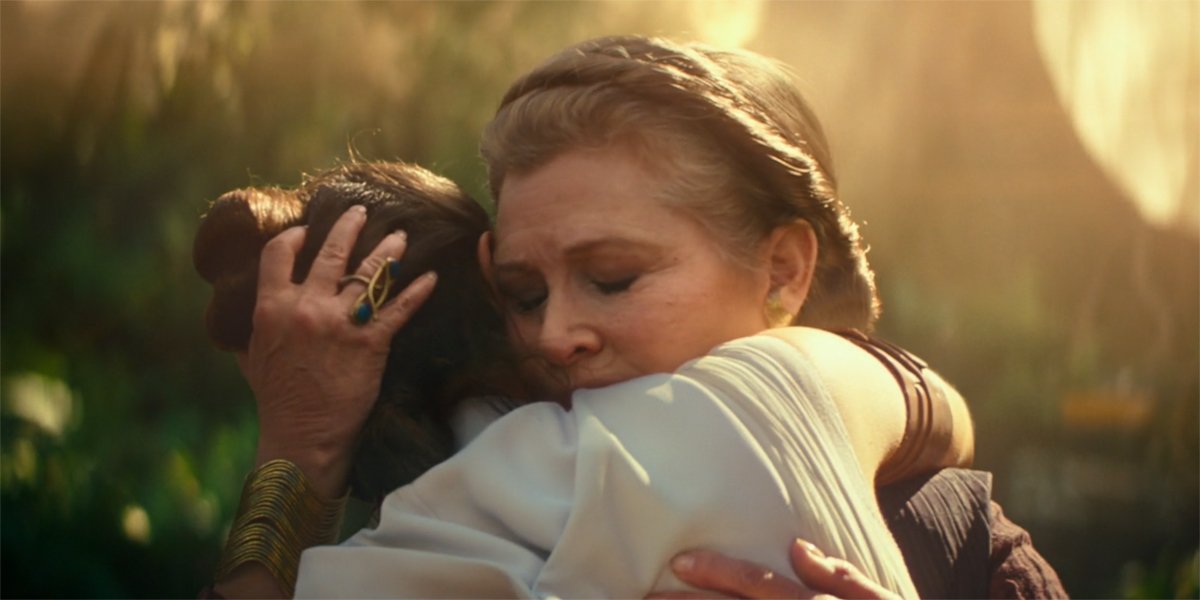
It was back in July 2018, about a year-and-a-half after the death of Carrie Fisher, that it was confirmed that the actress would have a role to play in what would become Star Wars: The Rise Of Skywalker – despite passing away before a single frame of the blockbuster was shot. It was revealed at the time by writer/director J.J. Abrams that there was unused footage of Fisher from the production of Star Wars: The Force Awakens, and that material was going to be used so that the legendary character could have a part in the final chapter of the Skywalker Saga.
As it turns out, though, the whole process was much more complicated than simply splicing shots from Star Wars: The Force Awakens between scenes specifically designed to make them fit contextually into Star Wars: The Rise Of Skywalker. It was actually a considerable effort on behalf of the visual effects teams working on the film, as I learned today speaking with Industrial Light & Magic Visual Effects Supervisors Roger Guyett and Patrick Tubach.
I participated in a special visual effects-focused press day this morning, as I spent a couple hours on the Walt Disney Lot in Burbank, California talking to the wizards who designed some of the most spectacular sequences that hit the big screen in 2019. It was while sitting down with the filmmakers behind Star Wars: The Rise Of Skywalker that I learned about the detailed process that was needed to bring General Leia Organa into the movie.
The subject was broached with a broad question about the work that was required including Leia in the film, and Roger Guyett began by pointing out something that really should be obvious: the look of the character in The Rise Of Skywalker is very different than her appearance in The Force Awakens in terms of costume and makeup. This is because the filmmakers felt it was important to have the general/princess/Jedi’s role in the new movie be specific to this one movie, and not forever be recognized for being tied to Episode VII. Said Guyett,
If you think about, when you look at any of those shots, of course when you really start thinking about it, the truth is she's got a different costume. She's got different hair. She's wearing different jewelry. Okay. Because she's unique to nine. That's the idea.
This, as it turned out, was the first domino to fall in a long chain. The production had established what the final goal was in terms of including Carrie Fisher in the new release, but exactly how that vision would be achieved was a big question mark.
The way creative issues in Hollywood get solved is by creative people getting in a room together and talking out specific problems and how to solve them – and this situation was no different. As Guyett explained, he and other representatives from ILM had long conversations with J.J. Abrams about what they needed to do in order to get the results they desired, and at the end of the road they found their solution:
When we first started talking about it in pre-production, J.J. said, 'Okay, so how can we do this?' And of course that's the kind of challenge you want in this business, is some, 'how do we do this?' We talked about it, and he said, 'Well, what if we actually somehow use footage that we've already got?' And I was like, 'Well, I thought that was going to be impossible because how do you write the script based around the lines that you have?' But he said, 'Well, I only need her in' – whatever it was – 'four or five scenes.' I said, 'If that's a task that you're wanting to undertake, then what we can do is basically extract her face.'
That last bit is a phrase that seems crazy and violent outside the context of visual effects, but is otherwise very straight-forward. The filmmakers would capture Carrie Fisher’s performance by using her expressions and line deliveries from the set of Star Wars: The Force Awakens, but then give themselves a bit more freedom by applying those elements to a digital body.
CINEMABLEND NEWSLETTER
Your Daily Blend of Entertainment News
Roger Guyett explained this effort in plain terms, but added that just committing to this approach was far from the end when it came to challenges in the process. Said the VFX Supervisor,
When you see Leia in the movie, essentially what you're looking at is Carrie Fisher playing Leia probably in episode seven outtakes. We've taken her face and built a digital character around her. That's the layer that you see in nine. The interesting thing, of course, is it's not a trivial thing to just do that. You have to build her and stage her into all the scenes. You have to write the scenes around her performance and dialogue that she's delivering from those performances.
Strictly using the Force Awakens outtakes as they existed would have allowed for very few options when it came to staging scenes for Star Wars: The Rise Of Skywalker, and deciding to use a digital body and a transplanted face changed that. There now existed the potential for General Leia to deliver lines while walking through a new environment even when the original material had her standing still or sitting. Said Guyett,
It's not the easy option, but you also want to integrate her into the scenes. We wanted her to move. So now we're in motion control world, which of course in production terms is difficult but worth doing if, you know, when she says 'Never underestimate a droid' or whatever, she walks past Rey. And it required rehearsal, and it required pre-planning.
Without any names being provided, it was said that there was a stand-in on set that essentially played the role of General Leia in Carrie Fisher’s absence, and that was partially so that actors like Daisy Ridley and Kelly Marie-Tran had someone to play their scenes with. That footage was used as a reference for the filmmakers at ILM, but don’t be mistaken: the process also wasn’t simply about putting Fisher’s face on the stand-in’s body.
Jumping in, Patrick Tubach added that there was a lot of work and care put into the process of creating the digital body for General Leia Organa. Given that this is a character with whom fans are extremely well-familiar, there was an understanding that the work being done had to be precise, and they had to actually make it look like the body was exactly Carrie Fisher’s. Said Tubach,
It's not like we're just taking a stand-in and then pasting Carrie's face on the stand-in. You can't do that, and the thing that we had to do, which people probably don't realize, is we analyzed that episode seven footage of her to the point where we were tracking her exact body and posture, and then applying that to our new scene as well. Because if you didn't do that, it didn't feel like her.
Continuing, Tubach explained that there really was no getting around the necessity to create something perfect so that audiences could fully believe what they were looking at was all Carrie Fisher:
If you tried to make her a foot taller, or you tried to change her in some way, or you got that perspective…You had to match that stuff precisely the way she had done it before. So even though we had to do a digital body in clothing, in a lot of cases, it is her motion, and her acting that, and that felt like precisely the way we had to go about it or else. The early tests showed us yeah, that doesn't seem like her if you don't do all that.
As a result of their work, Carrie Fisher has a far larger role in Star Wars: The Rise Of Skywalker than anyone could have really expected given the time of her passing, and it evidently had the full support of Fisher’s family.
Star Wars: The Rise Of Skywalker is now playing in theaters everywhere, and be sure to stay tuned here on CinemaBlend the rest of this week, as I’ll have more stories coming your way from the visual effects artists behind Alita: Battle Angel, Captain Marvel, The Lion King, and Avengers: Endgame.

Eric Eisenberg is the Assistant Managing Editor at CinemaBlend. After graduating Boston University and earning a bachelor’s degree in journalism, he took a part-time job as a staff writer for CinemaBlend, and after six months was offered the opportunity to move to Los Angeles and take on a newly created West Coast Editor position. Over a decade later, he's continuing to advance his interests and expertise. In addition to conducting filmmaker interviews and contributing to the news and feature content of the site, Eric also oversees the Movie Reviews section, writes the the weekend box office report (published Sundays), and is the site's resident Stephen King expert. He has two King-related columns.

